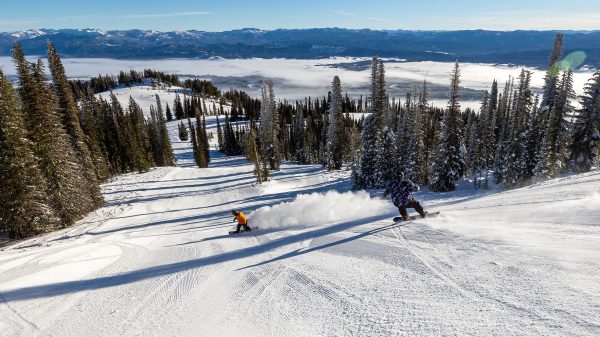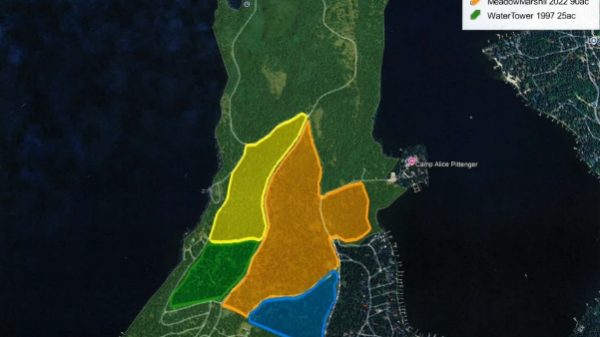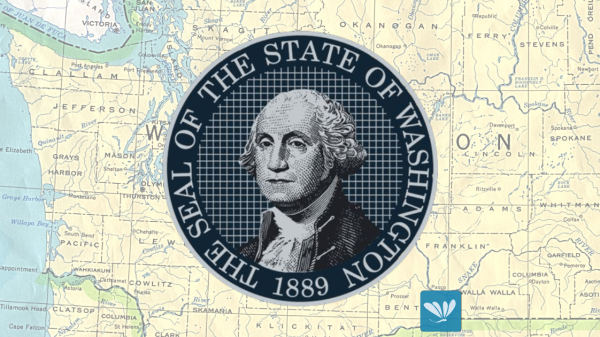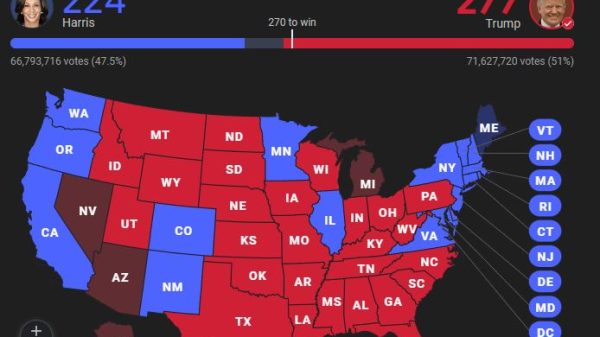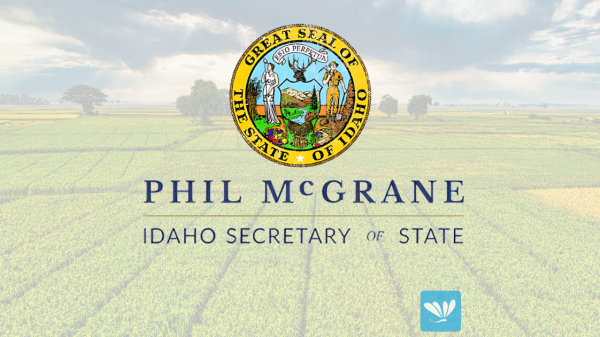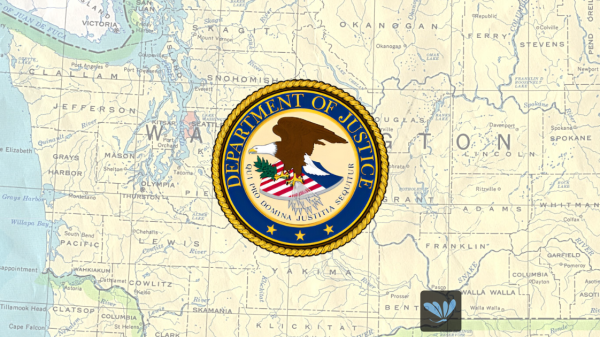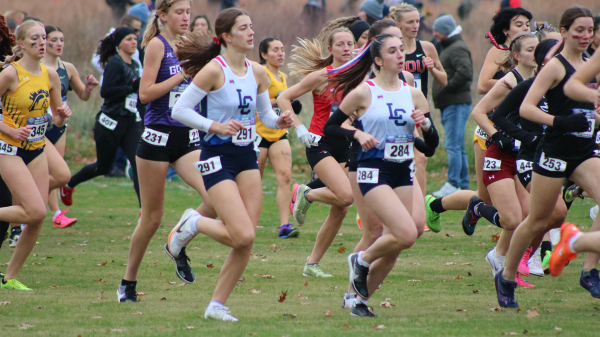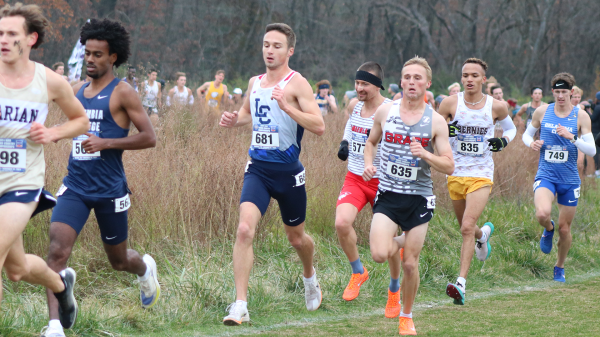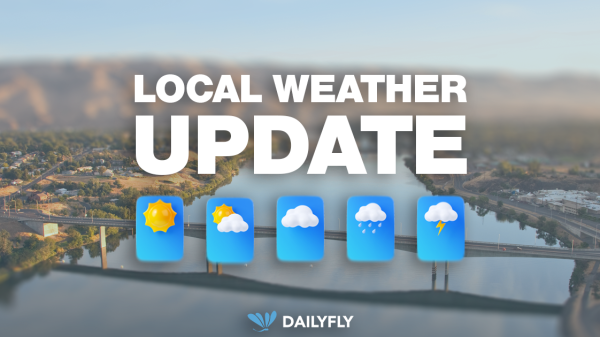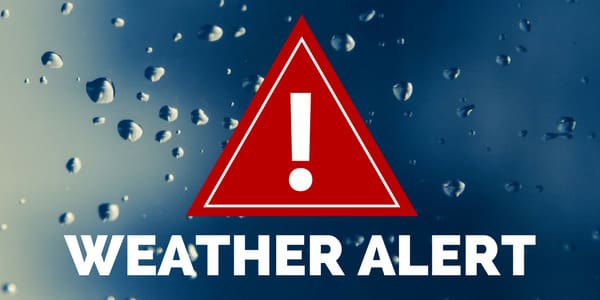Idaho, with one of the most rugged landscapes in the union, offers a multitude of upland game bird hunting opportunities. Whether you find yourself in the high-mountain timber or the lowland-sagebrush steppe, there’s a good chance you’re in upland bird country.
Upland game birds are sensitive to environmental factors, like temperature and precipitation, and often vary in number from year to year. Oftentimes these can be very localized, so hunters may not see the same impact in other parts of the state.
Because of this, it’s difficult to provide a forecast across the board; however, Idaho Fish and Game Upland Game and Migratory Game Bird Coordinator Jeff Knetter says a mild winter and a wet spring could be beneficial for upland bird populations this fall.
“Cool and wet weather during the hatch is typically not a good indicator of strong numbers in the fall. However, spring brought much needed precipitation to Idaho. While much of the state is abnormally dry, drought conditions have improved from last year,” said Knetter. “Habitat conditions should be in good shape, and there should be an abundance of insects for brood-rearing.”
There’s ample opportunity for upland hunters to pursue a wide variety of birds across diverse landscapes in Idaho, and upland birds in some areas will have fared better than others depending on localized conditions.
To provide an idea of what’s available this hunting season, Fish and Game’s wildlife biologists in each region compiled an overview of upland game birds in their necks of the woods, so hunters can get a look at their favorite areas and quarry.
To find places to hunt upland game, check out the Hunting Access webpage, which includes Fish and Game’s Wildlife Management Areas and Access Yes! properties.
To learn about upland game bird hunting rules and seasons, and more information, see Fish and Game’s Upland Bird Hunting webpage. Be sure to pick up a copy of the 2022-23 Upland Game, Furbearer and Turkey Seasons and Rules booklet from all Fish and Game offices and license vendors.
Here’s a look at upland bird hunting in each region:
Panhandle Region
Spring conditions were relatively wet with record cool temperatures experienced around the region. This weather likely provided good brood-rearing conditions around the area, but cool temperatures may have had a negative impact on nesting success and chick survival. Pheasants, gray partridge and quail are uncommon and largely restricted to the southern portions of the region.
Click here for more information about the Panhandle Region.
Clearwater Region
Chick survival appears to be up from last year, due in large part to ample ground cover and plentiful insects. No abnormally high mortality rates were detected during winter or spring, nor would they be expected given these types of conditions. Overall, roadside brood survey trends were down from 2021 with the exception of doves, which showed relatively high counts. This pattern was also observed for brood survey results as compared to the previous 10-year average.
Click here for more information about the Clearwater Region.
Southwest Region
Quail had good production and should be similar to last year. Chukar also had good production, and average over-winter survival. There may be locally abundant pockets of chukar in places where chukar over wintered well. Pheasant numbers along established roadside brood survey routes are down. However, larger coveys have been observed around the Treasure Valley where there is good over-winter habitat. Forest grouse should be fair to good this year due to good recruitment in 2021. Overall, upland hunting should be fair to good with scattered pockets of abundant birds.
Click here for more information about the Southwest Region.
Magic Valley Region
Fish and Game biologists are reporting average-to-good numbers of quail and gray partridge in some localized areas compared to recent years. Pheasant numbers continue to be below recent and long-term averages due to loss of habitat. No surveys are conducted for forest grouse. These species were likely somewhat buffered from drought and other unfavorable conditions because of their higher-elevation habitats where forbs and insects tend to persist longer.
The mix of both good and bad conditions for upland game birds over the past several years makes it difficult to predict numbers this fall; however, in general, it is expected that game bird numbers will be better than 2021 and near the 10-year average.
Click here for more information about the Magic Valley Region.
Southeast Region
Nest success this past spring is unknown given rain/snow events, but those that nested successfully likely had great conditions for brood-rearing. Observations have been mixed thus far. Hunters can expect similar upland hunting compared to last year. While temperatures remain high, hunters might expect upland birds to be more concentrated near available water sources.
Click here for more information about the Southeast Region.
Upper Snake Region
Fish and Game biologists are reporting average-to-good numbers of upland game birds in some localized areas compared to recent years. The region had above-average productivity in 2021 based on wing data. Spring lek counts for Columbian sharp-tailed grouse in 2022 were average to slightly above-average. Hunters should expect sharp-tail grouse numbers to be similar to the past few seasons in appropriate habitats.
There are no surveys conducted for gray partridge and chukar in the Upper Snake Region, but harvest data over the past five years suggest numbers have been stable. With large tracts of suitable habitat, the region should continue to offer good forest grouse hunting in 2022.
Click here for more information about the Upper Snake Region.
Salmon Region
Fish and Game biologists are forecasting an upward trend in upland game birds in the Salmon Region. Despite limited natural habitat, pheasants will continued to be stocked in 2022. Chukar numbers have been steadily improving following a severe die-off in the winter of 2017. Wet spring conditions may have limited brood success and small covey size may be encountered by hunters.
Gray partridge are uncommon in the Salmon Region, but do occur in small pockets of habitat across the Lemhi, Salmon, and Pahsimeroi valleys. Greater sage-grouse production was near normal or slightly up, and hunting should be fair, particularly around springs and wet meadows.
Click here for more information about the Salmon Region.








